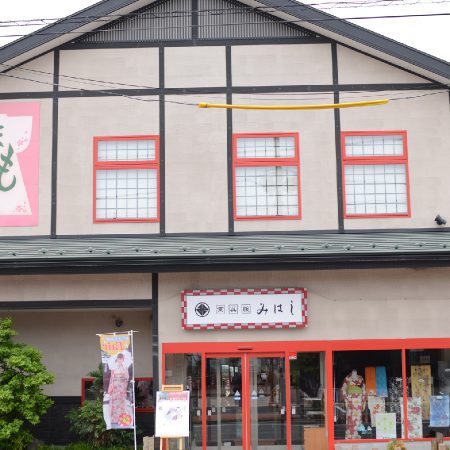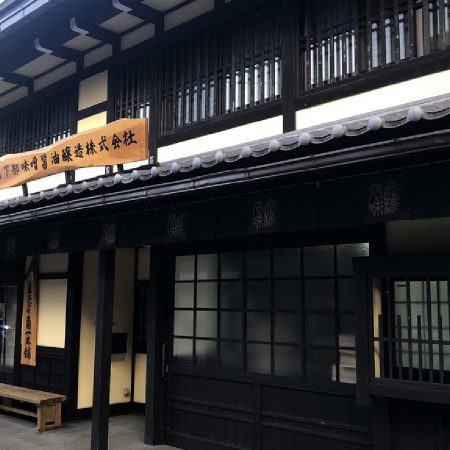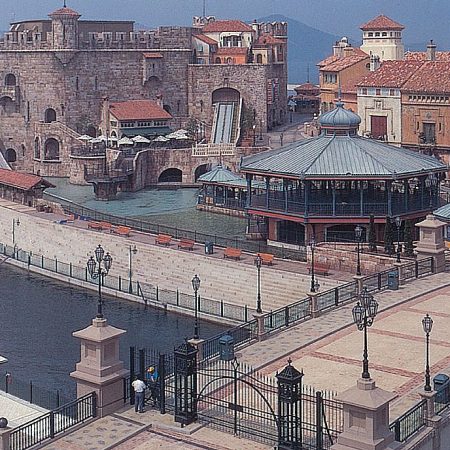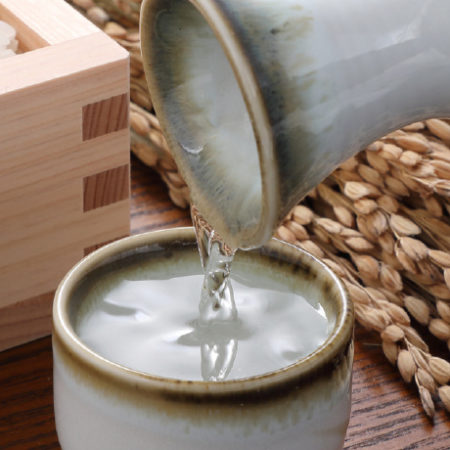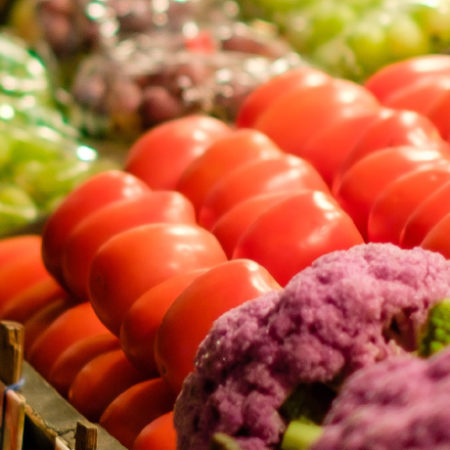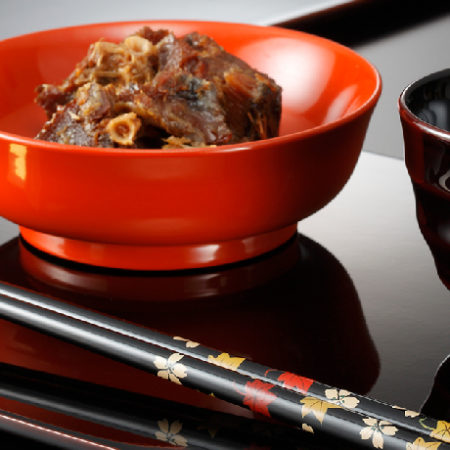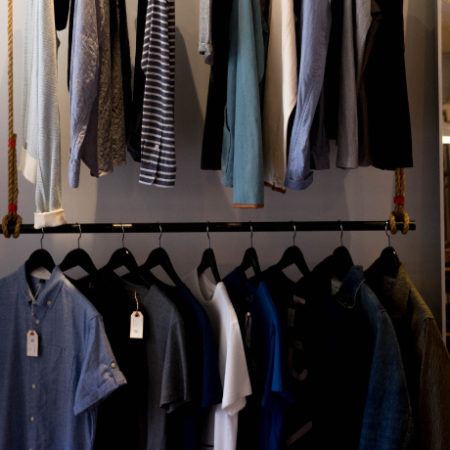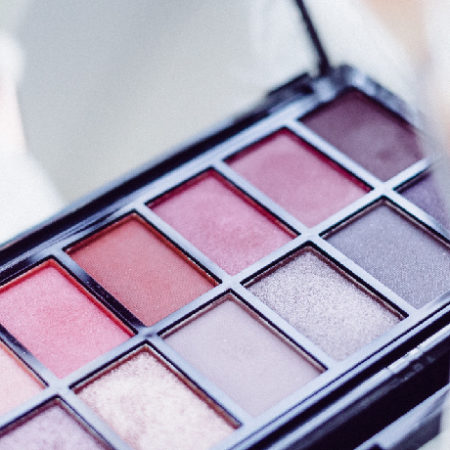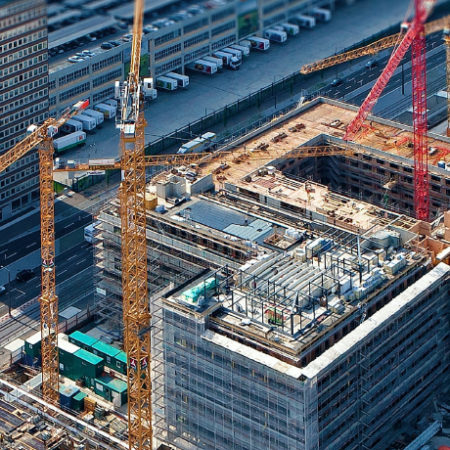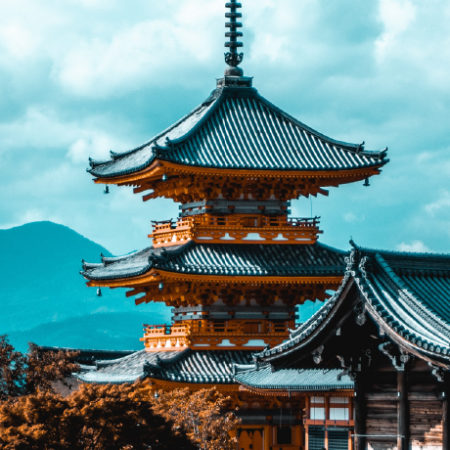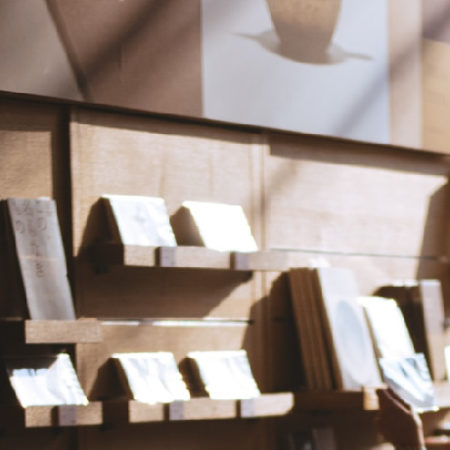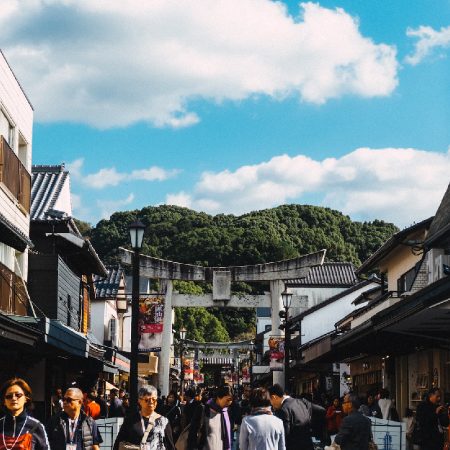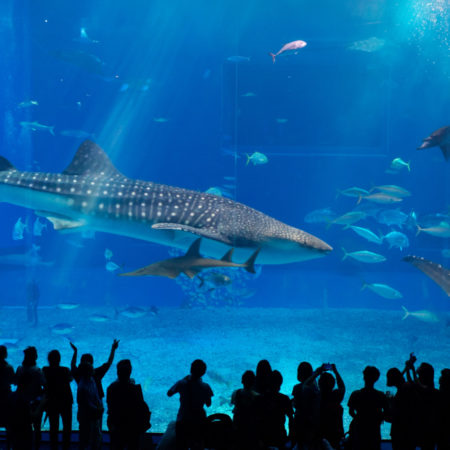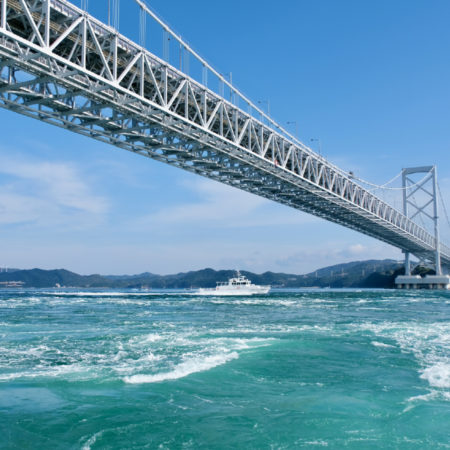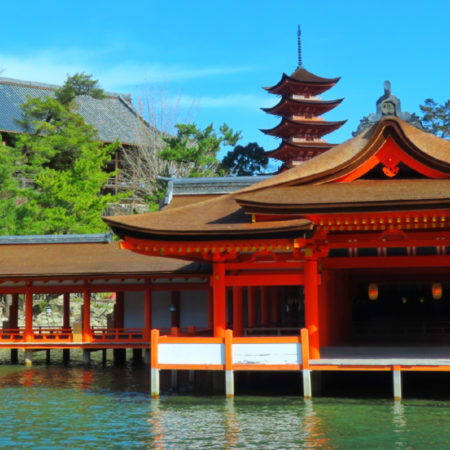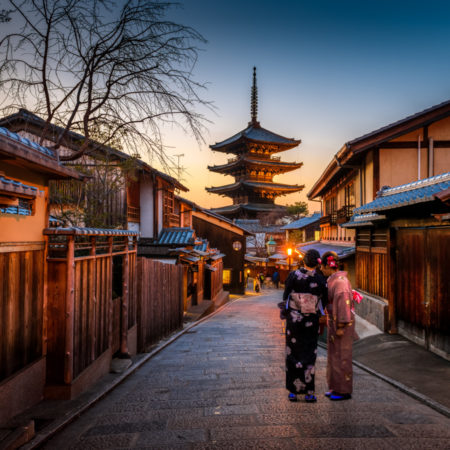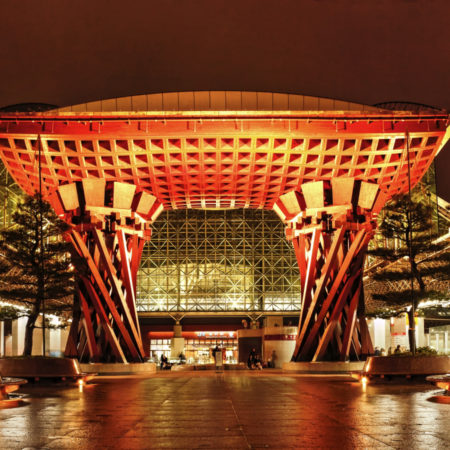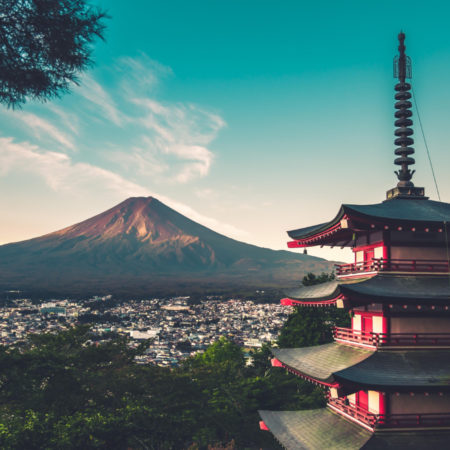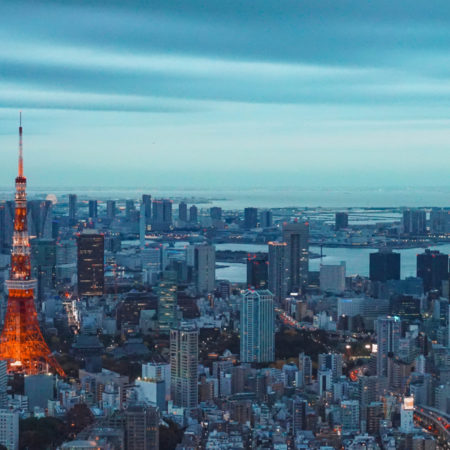Okinawa Prefecture covers an area of approximately 1,000 km from east to west and 400 km from north to south, and is home to numerous islands, including 54 designated remote islands. The weather is mild throughout the year, with beautiful emerald green ocean, white coral beaches, hibiscus and mangrove vegetation, and a beautiful starry sky at night with a big sunset that can be observed as a green flash.
Characteristics
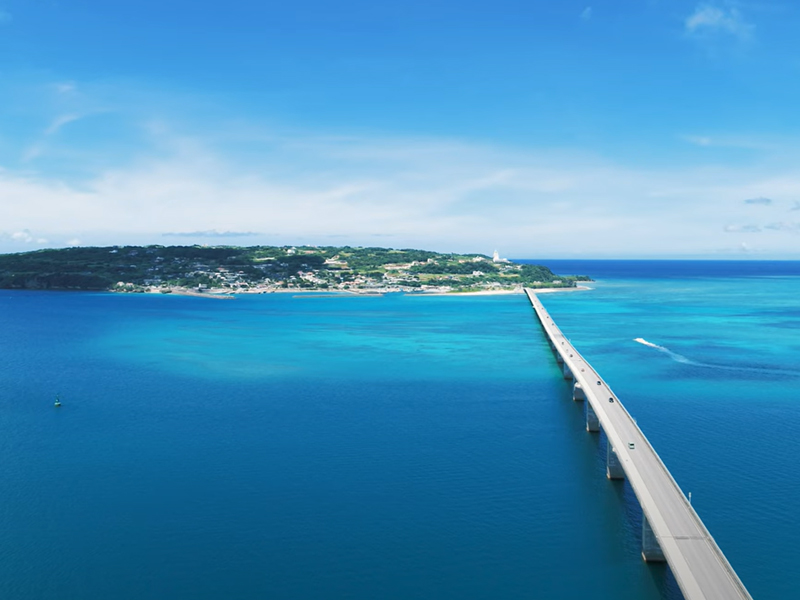
Specialty
Blessed with a mild climate and beautiful ocean, Okinawa is famous for its mineral-rich brown sugar from sugarcane fields, pineapple mangoes and other tropical fruits, colorful and delicious tuna, gurukun, sea grapes and other marine products from the Kuroshio Sea, delicious meat such as Yanbaru Island pork and Ishigaki beef, Okinawa soki soba, and mellow-flavored awamori.
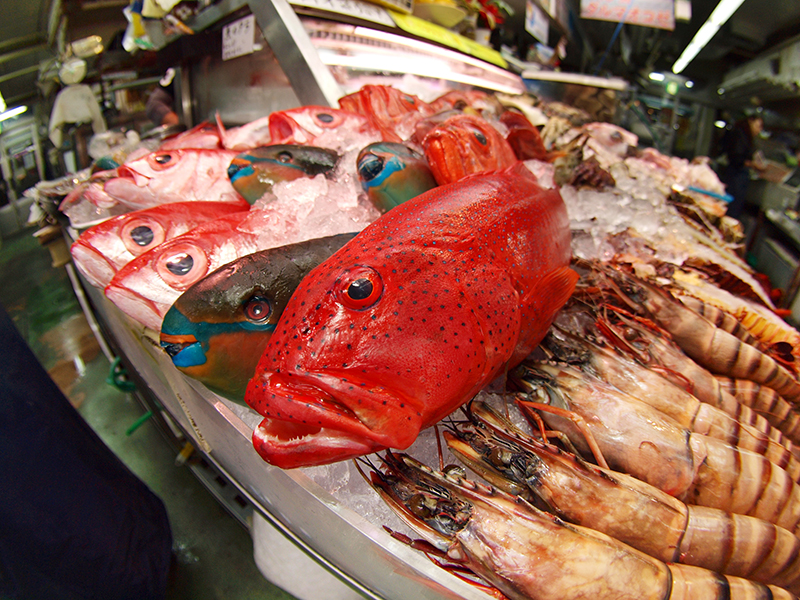
History
The Ryukyu Kingdom was established in the 14th century. It prospered during the "Great Trading Age" by trading with neighboring countries in China and Southeast Asia.After 1609, Ryukyu came under the rule of Satsuma and absorbed Japanese and Chinese culture, forming its own Ryukyuan culture. 1879 saw the establishment of Okinawa Prefecture. During World War II, Okinawa was the scene of a ground war. After the war, Okinawa was under the control of the U.S. military, but returned to the mainland in 1972.
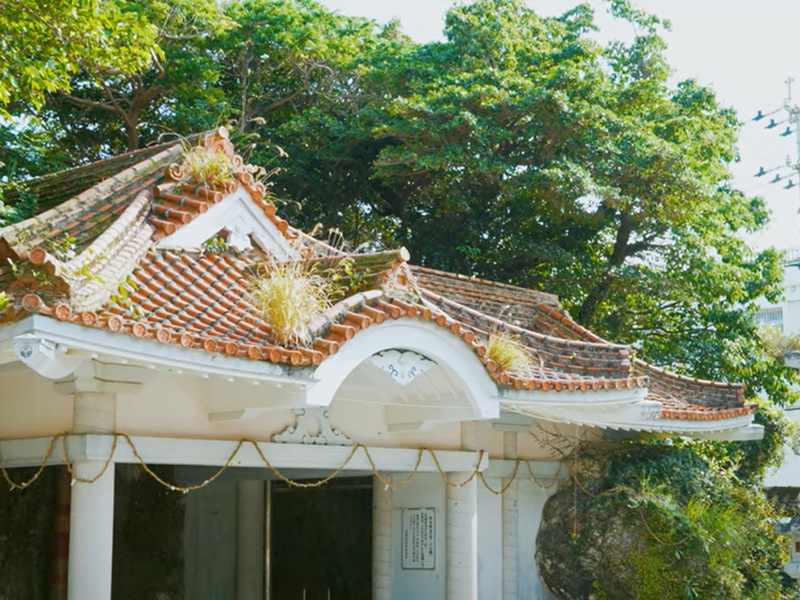
Traditional
Since Okinawa Prefecture once flourished as the Ryukyu Dynasty, Ryukyu dances, lion dances, Ryukyuan classical music with sanshin (three-stringed instrument) and high, extended tunes, and folk dances such as eisa and hand dance, which are unique to each island, have been handed down from generation to generation. There are also traditional events such as the Harvest Festival, Hurley, and the 400 year old Uruma bullfight. Traditional handicrafts such as Urasoe weaving and minsa are also famous.
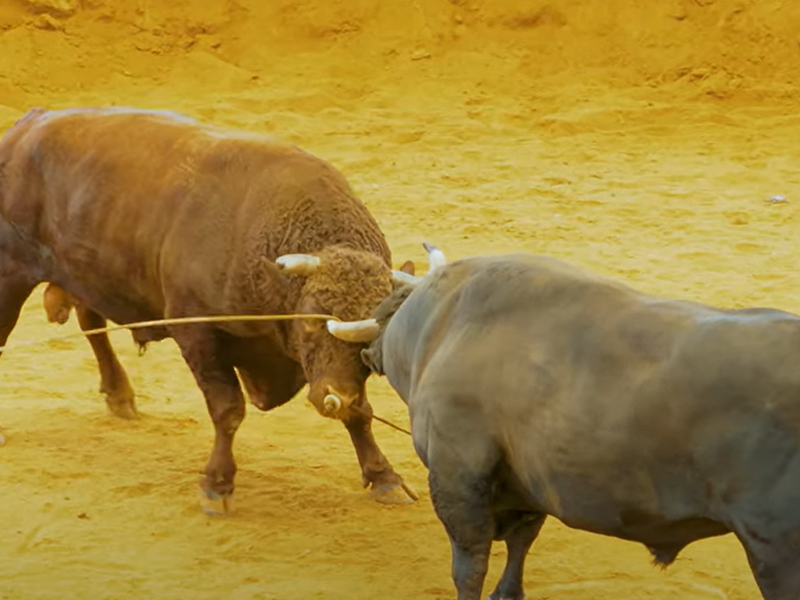
FAQ
Frequently Asked Questions
What sightseeing spots do you recommend in Okinawa Prefecture?
On the main island of Okinawa, we recommend the World Natural Heritage Yanbaru Forest, Saifa Utaki, known as a power spot, the lively Naha Public Market, Gate Street in Okinawa City where you can enjoy American music, Cape Chinen with its beautiful scenery, the mysterious Futenma Shrine, Hakugindo where you can learn about the wisdom of the deceased, Nago City Hall famous for its architecture with a Ghibli-like world view Nago City Hall, famous for its Ghibli-like architecture, is recommended. Miyako Island (Ikema Bridge), Ishigaki Island (Kabira Bay), Iriomote Island (World Natural Heritage Site), and Yonaguni Island (underwater ruins) are also very popular among visitors to remote islands slightly off the main island of Okinawa.
What festivals are held in Okinawa Prefecture?
There are a wide variety of festivals throughout the year, including the New Year's Party (January), where visitors can learn about the history of the Ryukyu Dynasty; Nago's cherry blossom festival (February), the earliest cherry blossom viewing in Japan; the frenzied and powerful bullfight in Uruma (March); Hurley (May and June), which signals the arrival of summer; the Harvest Festival (July), which wishes for a good harvest; Eisa and Angama (August and September), which offer ancestral rites; Tubarama Festival (September), where visitors sing emotional songs while viewing a famous moon; the Great Naha Tug of War (October); and Miyakojima's strange festival Pāntu (October).There are a wide variety of festivals throughout the year.
